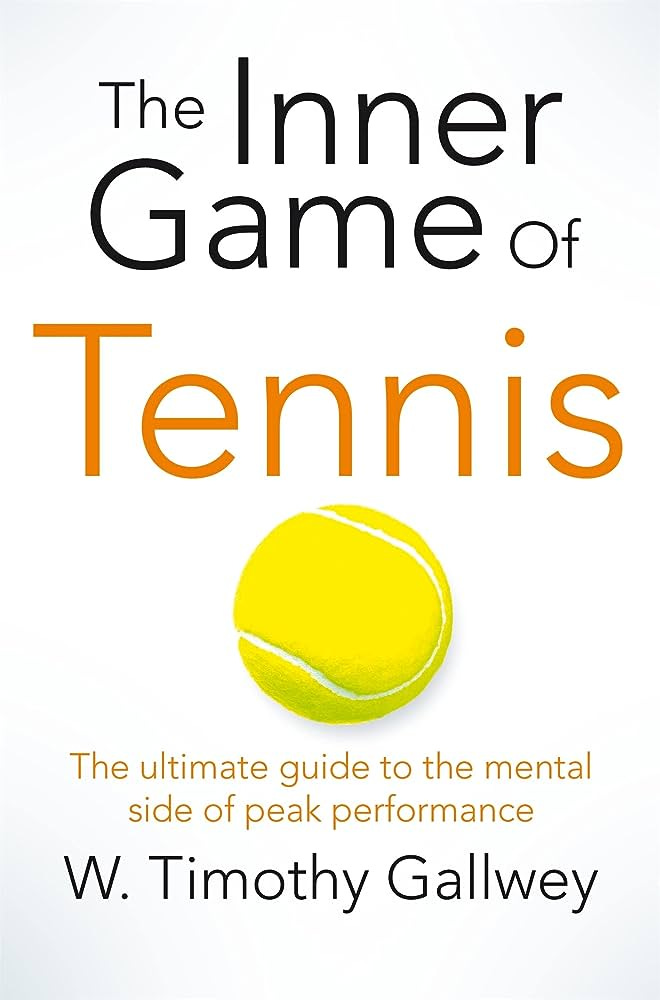Overcoming Head Chatter to Achieve One’s Intended Aim
My Epic Fail at This and the Book I Rediscovered
It’s 4:00 am and I am rubbing the sleep from my eyes. Upon awakening from a good night's rest, I take a glance at my email box. I find a message awaiting from the deputy editor of a publication I write for.
Opening it, I find a torrent of highlights, red marks, editorial comments, and strikeouts in the document I had submitted
At this point, my brain starts to go into overdrive with a steady stream of random chatter…..
…. Why has this article been so challenging?
….. How come this editor is being such a pain in the butt?
…. What if I am unable to meet the deadline for correcting these proposed changes?
…. How much time is all of this going to take given all of the additional vetting they are requesting?
Bla, bla, bla
Welcome to the world of “head chatter,” the constant stream of thoughts and distractions in your mind that can put a kibosh on your work productivity and momentum. Unresolved, these thoughts can result in difficulty focusing, increased stress, and a reduced ability to complete tasks efficiently.
To combat this, noted author W. Timothy Gallway in his book “The Inner Game of Tennis: The Ultimate Guide to the Mental Side of Peak Performance” offers some uncommon wisdom for helping to sweep away those noisy gremlins. Building upon his earlier work in sports and coaching, Gallwey explores the inner dynamics that influence individual performance, growth, and fulfillment in one’s life and work pursuits.
In "The Inner Game of Tennis," he draws upon his concept of the "inner game" – the mental and emotional factors that shape performance – and applies it to the professional sphere. He contends that our internal thoughts, beliefs, and self-perceptions play a crucial role in determining our success and job satisfaction. By recognizing and addressing the inner obstacles that hinder progress, Gallways asserts that we can begin to unlock our potential and achieve greater life mastery.
Gallwey introduces us to several scenarios, each representing a unique set of challenges and internal conflicts commonly faced in our daily pursuits. Through the stories in the book, he illustrates how the inner game impacts productivity, relationships, and personal growth.
Early in this groundbreaking read, Gallwey introduces the concept of "Self-1" which he defines as the critical, judgmental yapping inner voice that often whacks away at our performance. He contrasts this with what he calls "Self-2," which he says represents one's natural abilities, instincts, and potential. It is in this latter state, according to Gallwey, that we are able to evoke a natural flow and cadence to whatever it is we’re doing,. When we are able to dip into this state, our desired outcomes seem to occur effortlessly.
As I would personally describe this…….
“The inner game involves quieting the howling jackals of Self-1 to allow Self-2 to perform optimally.”
I recently experienced the debilitating effect of Self-1 when I allowed it to take hold on a recent trip to Las Vegas. While at a self check-in counter for baggage at Denver airport, I couldn’t get my boarding pass barcode to scan. So, as you might imagine, my mind immediately went into Self-1 mode….
“Dumbass, everyone else is figuring this out so why can’t you?”
“If this doesn’t get resolved soon, I’m going to miss my flight.”
“Why is everyone around me shaming me in their head?
“Can someone please help da brotha, can’t ya’ll see that I’m struggling with this?”
After numerous attempts, I said screw it and jumped the line to see if someone would manually assist me at the counter. But nope, a group of Southwest employees proceeded to shout at me. Upon hearing a chorus of “ go back, sir! Sir! Sir! You have to have a baggage tag in order to proceed forward in this line, so go back!”
…….. I froze.
Yup, there I stood like a body in rigor mortis in front of an audience of fellow travelers who had passed the test like A students. Lucky, one of the attendants seeing my distress extended me some grace by calling me over to her manual checkin counter to help.
Of course, I continued the scene by scene reenactment of my epic failure all the way to Las Vegas.
It’s here where Gallwey encourages a positive approach to learning from mistakes and failures. Rather than dwelling on errors, individuals should use them as opportunities for growth and refinement.
Using analogies from the sport of tennis, this Philosopher’s Notes video by Brian Johnson does an exquisite job of explaining Gallwey’s book and how I may have been able to approach this airport situation differently
In conclusion, "The Inner Game of Tennis" by W. Timothy Gallwey provides a transformative framework for understanding and harnessing the power of one's inner dynamics to excel at our work and in life. By fostering self-awareness, embracing challenges, and tapping into our inherent potential, Gallwey's teachings can guide us toward realizing our true capabilities while finding fulfillment in our professional endeavors.
An Invitation From Diamond-Michael Scott:
“Great Books, Great Minds” is my full-time work and life passion, a labor of love fueled by the endless hours of work I put into researching and writing these feature pieces. So if you enjoy this digital newsletter, find it valuable, and savor world-class book experiences featuring epic authors and book evangelists, then please consider becoming a paid supporting member at $6.00 a month or $60.00/year.







Interesting to see this from a tennis/sports perspective. It's not a perspective that I'd resonate with at all so I'd never pick up the book myself. And yet it touches on so many fundamental aspects of psychology that it all actually does resonate for me. It's a fresh take on Freudian theories, CBT practices, and parts work. Intriguing.
Always a pleasure collaborating with you, Michael!